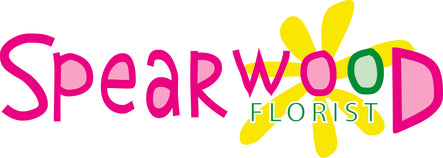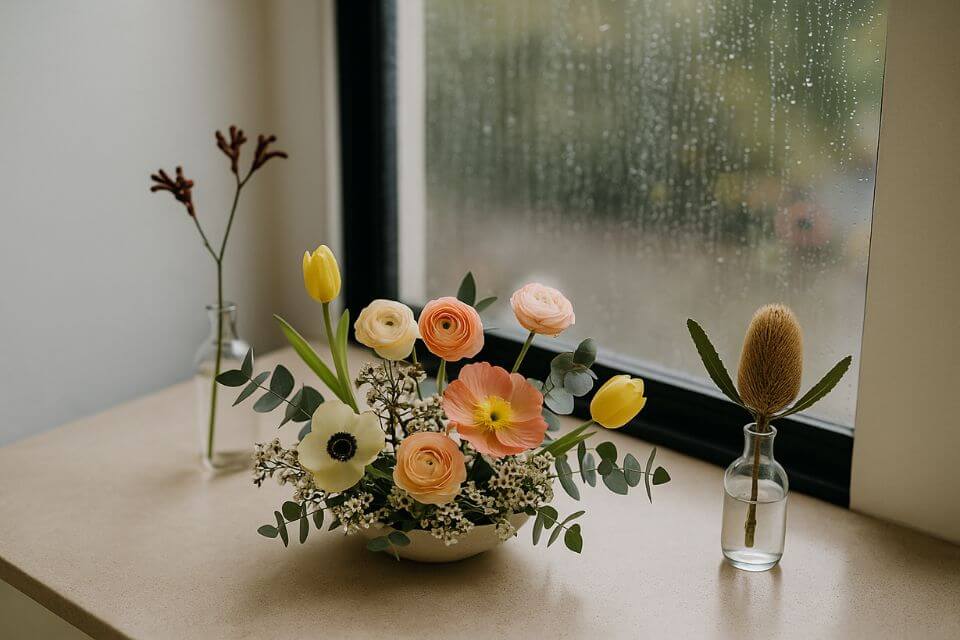In today’s rapidly evolving digital landscape, the way we shop, communicate, and make decisions has changed dramatically. The floral industry is no exception. When it comes to sending flowers—whether for a birthday, a funeral, a romantic gesture, or “just because”—consumers are turning to technology more than ever. But with the rise of artificial intelligence (AI) and the ongoing dominance of search engines like Google, a question naturally arises:
Are customers using AI tools or search engines more when ordering flowers?
And what does this mean for florists, flower delivery services, and the floral industry at large?
Let’s explore how these digital tools are shaping customer behaviour, what motivates users to choose one over the other, and how florists can adapt to stay relevant in both search and AI-driven spaces.
The Traditional Power of Search Engines
For years, Google has been the go-to starting point for most online activity—including ordering flowers. A quick search for “flower delivery near me” or “same-day flowers Perth” brings up a curated list of local florists, delivery apps, and sponsored ads.
This process is familiar, visual, and driven by urgency. Search engine users typically know what they want—perhaps a bouquet for Mother’s Day, or a sympathy arrangement—and they want it fast. Google's combination of:
- Local results via Google Maps
- Rich product previews (thanks to SEO and schema markup)
- Customer reviews
- Instant purchase links
…makes it a reliable, effective place to find flowers quickly.
Google isn’t just a search engine anymore—it’s a decision-making tool. And in the world of flower delivery, convenience, speed, and visibility often determine who gets the sale.
The Rise of AI in Shopping Decisions
While Google continues to dominate, there’s a new player influencing how customers make decisions: AI tools like ChatGPT, Bing Copilot, Google Gemini, and integrated voice assistants (like Siri or Alexa). These tools offer something different: conversational search and personalized recommendations.
Instead of typing a specific phrase into a search bar, users might say:
- “What’s a good flower arrangement to send for a friend who’s feeling down?”
- “Can you help me order a bouquet for my mum’s birthday in Melbourne?”
- “What flowers are best for a sympathy message?”
AI responds not just with links, but with tailored suggestions, emotional tone, explanations, and in some cases, direct access to online shops.
This intent-based, conversational experience feels more personal. Customers don’t need to know exactly what they’re looking for—they can describe the occasion, recipient, and tone, and the AI will do the thinking for them.
Who’s Using AI to Order Flowers?
While AI adoption is growing, its usage still depends on the user’s comfort level with technology, age group, and the urgency of the purchase.
- Younger, tech-savvy users (Gen Z and Millennials) are more likely to engage with AI tools like ChatGPT or Bing Chat to explore options, ask for advice, or find unique gift ideas.
- Professionals or busy individuals might use voice assistants to initiate quick orders while multitasking.
- Emotionally driven customers may prefer AI for its thoughtful suggestions when choosing flowers for sensitive occasions like funerals or condolences.
However, in urgent cases—like same-day delivery—most users still turn to search engines like Google because they offer immediate results and easy booking.
What Are Customers Actually Asking AI?
Real-world flower-related queries to AI tools are often nuanced and emotional. Here are a few examples:
- “What’s a good flower for someone who just had surgery?”
- “Can you help me write a message for a sympathy bouquet?”
- “What flowers are best for a romantic anniversary delivery?”
- “Find a florist in Perth with delivery today.”
These queries show that people are looking for more than products—they want help making a meaningful gesture.
And this is where AI shines. It provides emotional context, etiquette advice, and creative inspiration—not just a list of businesses.
Google vs. AI: A Comparison of Flower-Buying Experiences
|
Feature |
Google Search |
AI Tools (e.g. ChatGPT, Bing, Gemini) |
|
Speed |
Instant results |
Slower but more conversational |
|
Local Results |
Strong (Maps, reviews) |
Still developing |
|
Product Discovery |
Images, pricing, offers |
Suggestions, not direct shopping |
|
Emotional Guidance |
Limited |
Strong – tone, message help |
|
Urgency Handling |
Ideal for same-day |
Less ideal for immediate orders |
|
Ease of Use |
Familiar |
New learning curve for some |
|
Personalization |
Limited unless logged in |
Highly personalized recommendations |
How Can Florists Respond?
For florists and online flower shops, this evolving behaviour means one thing: be present in both places. Here’s how to stay competitive:
- Optimize for Search Engines
- Use clear, keyword-rich product descriptions (e.g., “same-day flower delivery Perth”).
- Encourage Google reviews and claim your Google Business profile.
- Use structured data and rich snippets for better search visibility.
- Offer location-based services to appear in “near me” searches.
- Be AI-Friendly
- Make sure your website is AI-accessible. Clean, structured content is easier for AI to reference.
- Offer helpful blog content answering questions AI might pull (e.g., “What flowers to send for a new baby?”).
- Add emotional context to product descriptions to increase relevance in AI recommendations.
- Create Shareable Answers
- Write FAQs or guides like “Best Flowers for Sympathy” or “Mother’s Day Flower Etiquette.”
- These are the kinds of questions AI tools love pulling from when giving advice.
- Integrate Chat or AI into Your Own Site
- Use chatbot plugins to replicate the AI conversation on your website.
- Offer real-time suggestions, card message ideas, and flower recommendations directly.
Final Thoughts: It’s Not Either/Or—It’s Both
Customers are using both AI and search engines depending on the context of their flower order. Urgent needs tend to favour Google. Emotional, thoughtful, or uncertain decisions may be guided by AI.
Ultimately, it’s not a matter of one replacing the other, but rather how they complement each other in the modern buying journey.
Florists who blend speed, empathy, and visibility will stand out. Be where your customers are—on search engines when they need answers fast, and in AI tools when they need guidance, inspiration, and reassurance.
As AI continues to grow in usage and intelligence, the floral industry has an opportunity to bloom alongside it—by staying human, helpful, and beautifully connected in both the digital and real world.





